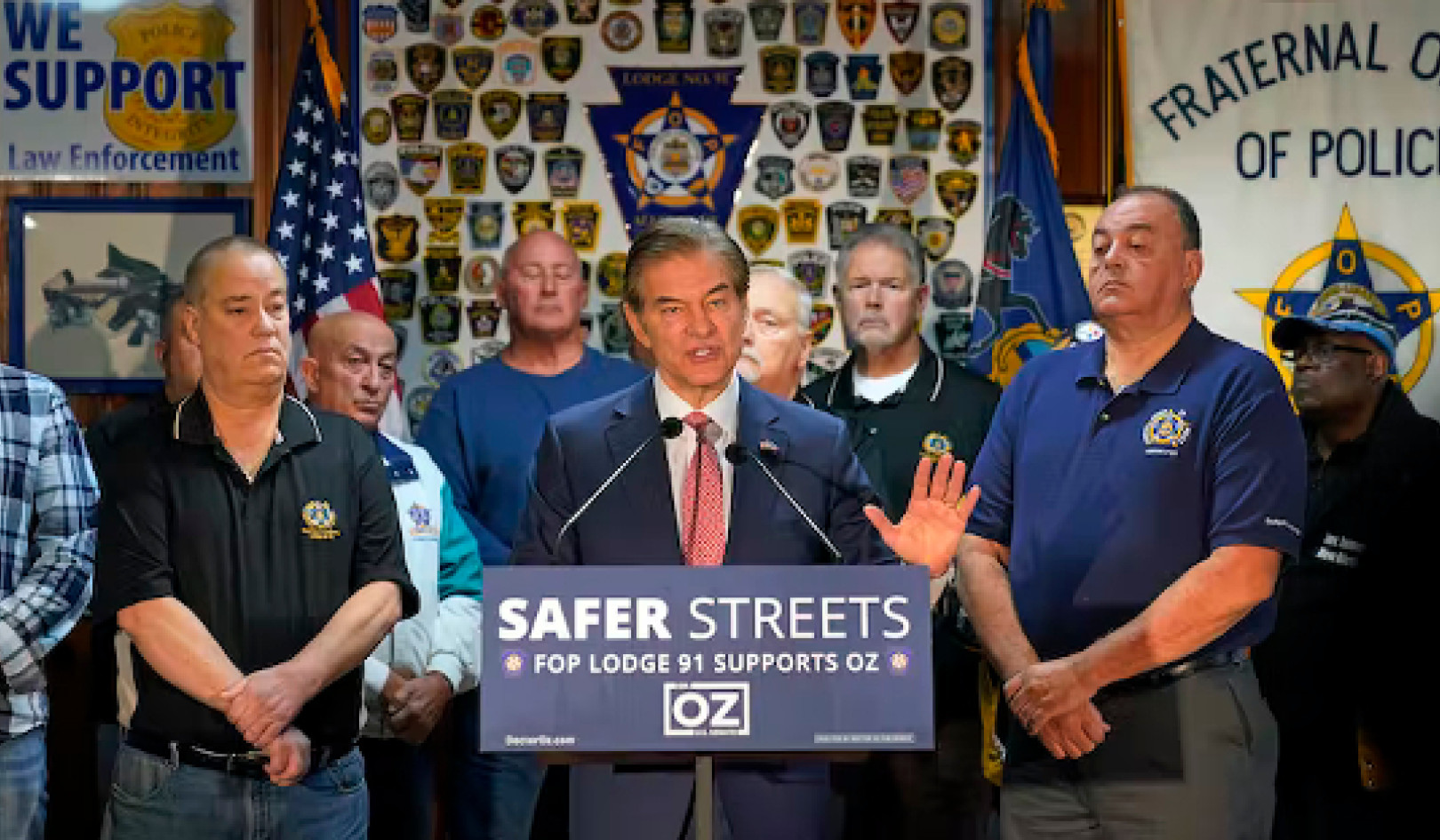 Male bias pervades all areas of modern life and puts women at a serious disadvantage. Shutterstock
Male bias pervades all areas of modern life and puts women at a serious disadvantage. Shutterstock
Feminist campaigner Caroline Criado Perez’s latest book is an essential if enraging read. It might seem ironic that the central figure in Invisible Women: Exposing Data Bias in a World Designed for Men is a man, but Perez argues convincingly that the “default male” is the figure our world is designed around.
Unfortunately, the default male is also a stand-in for “human”, with consequences for women that range from the annoying (longer loo queues, phones that don’t fit our hands) to potentially lethal (protective clothing that fails to protect, misdiagnosis of heart attacks).
Perez’s analysis is wide-ranging and compelling, and no matter how familiar you think you are with the distorting effects of default male thinking, there will be examples in here that enrage you anew.
{vembed Y=C6vAoD3HA9I}
Did you know (I didn’t), that worldwide, indoor air pollution is the single largest environmental risk factor for female mortality and the leading killer of children under the age of five? And that toxic fumes from stoves are one of the main contributors? As women typically take on the bulk of domestic work and child care, this means gender roles are literally killing them. The beauty of the book is that it makes you wonder how it is possible that you didn’t know this.
The power of information
This is a book about how knowledge is created, shared and reproduced, challenging readers to think about the limits of our own, and seek out new ways of knowing. It should perhaps come as no surprise that Perez’s own authority is continually under attack from blokes who’ve done a quick Google search to trump her years of research. Safiya Umoja Noble’s work on algorithms of oppression could have alerted them to the folly of using Google as the authority on these things.
Perez’s experiences as a feminist in the public eye point to the double-edged nature of visibility for women: this is the woman who received death and rape threats for suggesting the Bank of England should have a woman on a banknote.
At one level, it is encouraging that the costs of visibility for women in public life are themselves increasingly visible, as in Amnesty’s recent research on the toxicity of Twitter. But it is hard to be encouraged when the abuse continues.
{vembed Y=6KLTpoTpkXo}
The default male pollutes the very language we use to talk about these things. Feminist legal scholar Catharine MacKinnon made this point brilliantly in the New York Times. She declared that the #MeToo campaign had done what the law could not: sexually assaulted women who had once been disbelieved and denigrated were being believed and valued. But MacKinnon noted too that the courts are “hidebound and less nimble than culture”, and there is still a long way to go:
Legal standards for retaliation – one of the biggest fears behind non-reporting – need to change to protect [women reporting crimes]. Culturally, it is still said “women allege” or “claim” they were sexually assaulted. Those accused “deny what was alleged”. What if we changed the emphasis and said that survivors “report” and the accused “alleges” or “claims” it didn’t happen?
MacKinnon’s point is that the very way we talk about these things is skewed – privileging the male accused while framing women’s reports as suspect. Her suggested change in emphasis still makes it clear that these reports are contested, but it no longer privileges the male point of view.
Writing about men’s violence against women is particularly pernicious in this respect. For instance, in the UK recently, Level Up – an organisation that campaigns to end sexism against women – successfully lobbied the Independent Press Standards Organisation to launch guidelines on the reporting of domestic homicide to avoid the hideous clichés which typically pepper reports of men who murder the women they are in relationships with.
We are all familiar with it: the “kind” men who just “snapped” in the face of some perceived infraction, whose histories of domestic abuse are mentioned only in passing. As feminist organisations including Zero Tolerance forcefully argue, journalists can and should do better.
{vembed Y=5G2d24C6nZQ}
Becoming conscious
But one of the most powerful takeaways from Perez’s book is the extent to which so much of this bias is unconscious, such that we are all infected by it. Feminism is the process of unlearning this, but it’s an ongoing process, for all of us.
So while I learned a huge amount from Perez’s book, I also winced when I read that urban planning “fails to account for women’s risk of being sexually assaulted”. I heard within this echoes of a victim-blaming narrative which asks what we should do to avoid being sexually assaulted, rather than what men should do to avoid sexually assaulting others.
At the same time, the book itself is built on a wealth of only partially visible gendered labour. Perez is rigorous in referencing her claims throughout, but her end notes often direct us to web links rather than full citations (which reference a published source in an effort to specifically acknowledge the work of others).
Do citation practices really matter? Well, yes, according to Perez’s chapter, The Myth of Meritocracy. Here she notes both that women are systematically cited less than men and that female academics are more likely than men to challenge male-default thinking in their work. In light of this, not to name so many of the researchers who conducted the work her book relies on risks perpetuating the problem.
Because that’s the thing about the default male: he’s in all our heads.
About The Author
Karen Boyle, Chair in Feminist Media Studies, University of Strathclyde
This article is republished from The Conversation under a Creative Commons license. Read the original article.
Related Books
at InnerSelf Market and Amazon






















